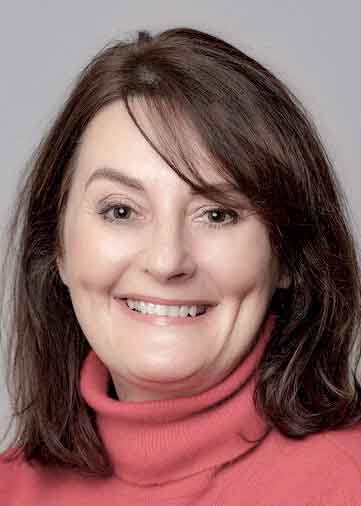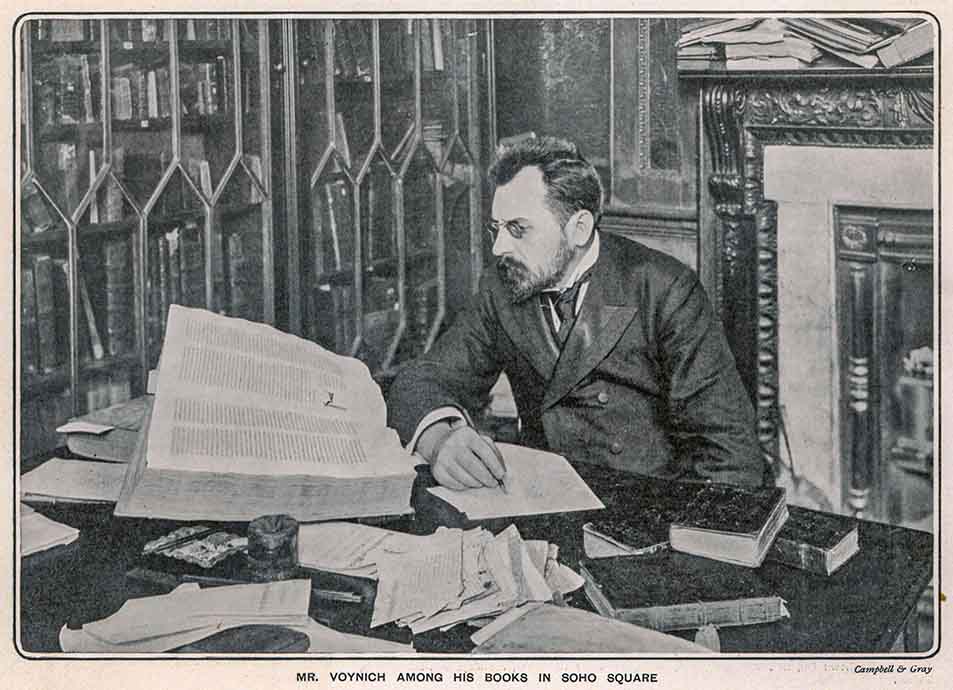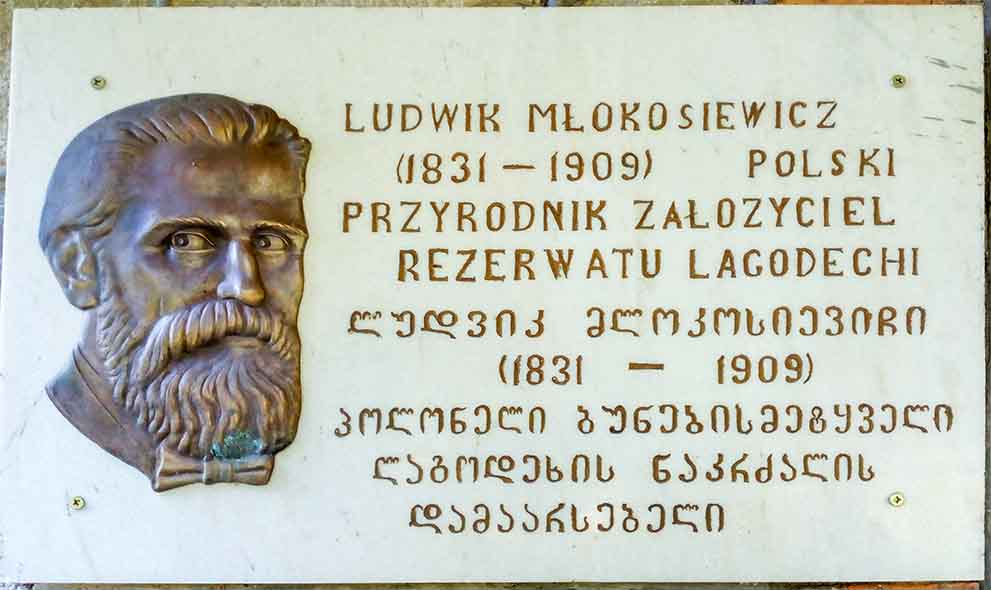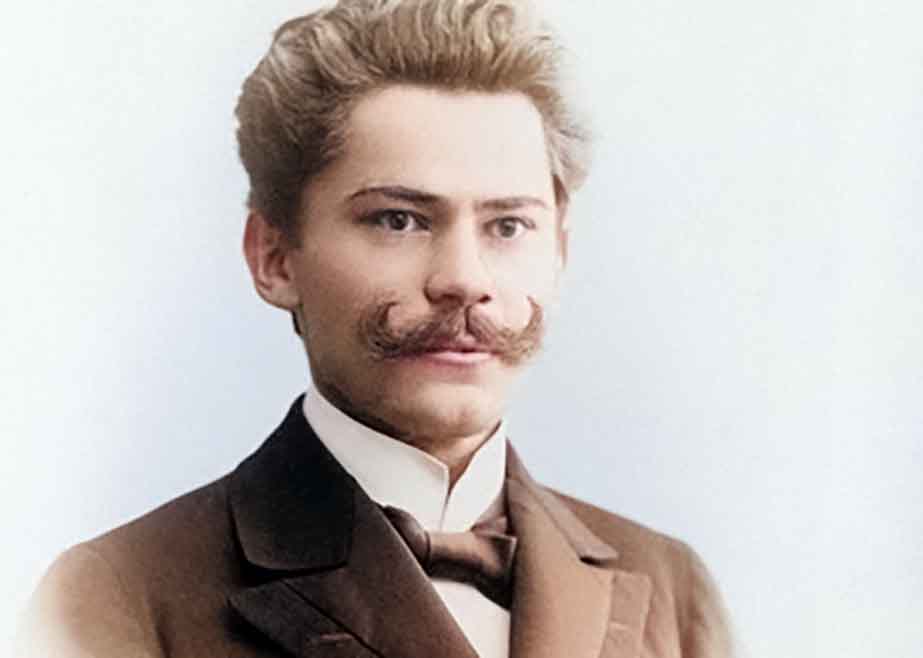The history of medicine teaches us an important lesson: humility and hopefulness.
Dr. F. P. Wierzbicki M. D.
California State Medical Journal, the second issue, October 1856
Although Wierzbicki initially aspired to study medicine, at 15, he abandoned his academic pursuits to join the ranks of soldiers during the November Uprising Powstanie Listopadowe of 1830-1831. Wierzbicki actively participated in pivotal battles such as Olszynka Grochowska (25 II 1831) and Ostrołęka (26 V 1831), valiantly defending Warsaw (6-7 IX 1831). Following the uprising, his regiment retreated to Galicia (then Austria), where he faced three years of internment. Upon release, he found himself in exile, prompting his immigration to the United States at the age of 19, arriving in New York on March 28, 1834.

Drawing by Leon Krawecki, modified. (Source: www.polishclubsf.org)
Initially settling in Illinois, financial constraints hindered his land development endeavors, leading him to relocate to New England for medical studies. Wierzbicki enrolled at Yale University, Connecticut, in 1835-36, concurrently teaching French in Northampton, MA for about 1.5 years. Subsequently, in 1839, he took a position teaching French at Amherst College in New Bedford, Massachusetts.
In 1842, under the pseudonym The Philokalist, Wierzbicki authored and published "The Ideal Man." Throughout his time in the U.S., he passionately advocated for Poland and liberty, contributing articles to American newspapers about the Polish Revolution of 1830 and Polish history. Naturalized in New York in 1845, he became a notable figure, delivering speeches and lectures, and even holding a patent, alongside Henry Kalusowski, for improving stoves for fireplaces in 1845.
During the Mexican War (1846-1848), Wierzbicki enlisted as a volunteer in the American Army, serving as an Assistant Surgeon. Intrigued by metallurgy, he journeyed to San Francisco in 1848 during the Gold Rush, not to seek gold but to study the process. His extensive research culminated in the 1849 publication of "California As It Is or A Guide to the Gold Region," the first book printed in English in the Rocky Mountains. Esteemed as a valuable guide to California, it covered various aspects, including the state's description, travel, gold discoveries, ethnic groups, urbanization, real estate development, legal and political facets, and agriculture.
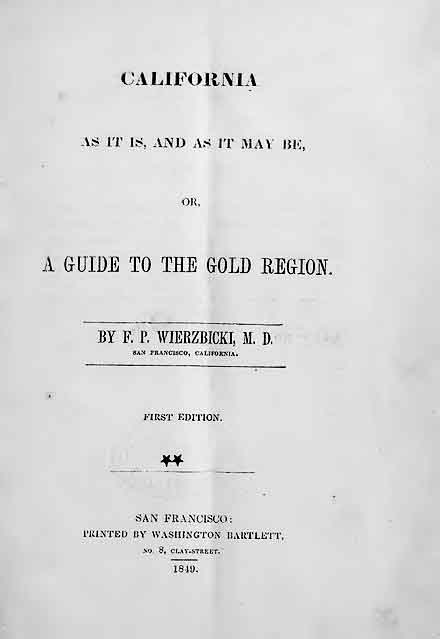
Title page of the first edition of "California As It Is and As It May Be", San Francisco: Grabhorn Press, 1933. (Source: Wikipedia)
When the U.S. Mint established a branch in San Francisco, Wierzbicki was offered a significant position, which he held until his passing on December 26, 1860. Despite his prominent role, he continued his medical practice in San Francisco and played a key role in the formation of the prestigious Medical Society of the State of California. He contributed an article on the history of medicine in California to the California State Journal of Medicine in 1856.
History is a handmaid to science and highlight to reason.
Dr. F.P. Wierzbicki M. D. California State Medical Journal, the second issue, October 1856
Sadly, at the age of 45, Dr. Wierzbicki succumbed to "congestion of the lungs...defying his medical adviser's prescriptions, he believed in the efficacy of a vapor bath, a favored Muscovite remedy, to cure him," according to his death notice.

Felix Wierzbicki's grave at San Francisco National Cemetery, plot 58 no. 2 section 05. (Source: ogrodywspomnien.pl)
Dr. Wierzbicki is immortalized in a mural at Toland Hall, University of California Medical Center in San Francisco, commemorating the history of medicine in California. His legacy lives on as a testament to his multifaceted contributions to medicine, literature, and the pursuit of knowledge.



